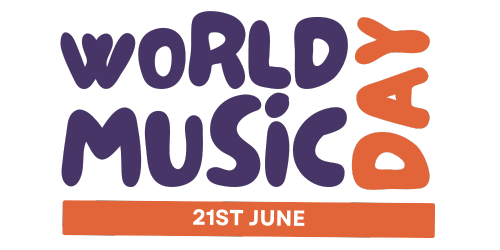Choosing the right music for classroom use is an integral part of planning effective and engaging music lessons for primary/elementary students. The music selected should not only be age-appropriate but also culturally diverse, educational, and capable of catering to a broad range of interests and learning objectives. Here’s how teachers can approach the selection of music for classroom use, ensuring it enriches the learning experience and fosters a love for music among students.
Consider Age Appropriateness
1. Lyrics and Themes: Select songs with lyrics and themes that are suitable for the age group you are teaching. The content should be relatable and free from inappropriate language or concepts. For younger students, songs that involve counting, the alphabet, or daily routines can be particularly engaging.
2. Complexity and Length: Consider the musical complexity and length of the pieces. Younger students have shorter attention spans, so it’s important to choose music that is not overly long or complex. Simple melodies and repetitive structures can help keep students engaged and make it easier for them to participate.
Reflect Diversity and Inclusivity
3. Cultural Representation: Include a wide range of musical genres and cultures in your selection to expose students to the diversity of music around the world. This not only broadens their musical horizons but also fosters cultural understanding and appreciation.
4. Diverse Musical Genres: Incorporate various musical styles, from classical and folk to jazz, pop, and world music. Exposing students to different genres can help them develop a broad appreciation for music and discover their personal interests.
Align with Educational Objectives
5. Curriculum Connections: Choose music that aligns with and supports your educational objectives. Whether you’re teaching rhythm, melody, dynamics, or a particular concept in another subject area, the selected music should complement these learning goals.
6. Interactive and Participatory Elements: Opt for music that encourages participation, whether through singing, movement, playing instruments, or other interactive elements. Participation enhances learning and makes the music experience more memorable for students.
Ensure Accessibility and Engagement
7. Accessibility of Resources: Ensure that the music you choose is accessible, considering the resources available in your classroom. This includes instruments, audio equipment, and any necessary digital platforms.
8. Student Interests: While educational objectives are paramount, incorporating music that reflects students’ interests can significantly enhance engagement. Solicit feedback from students about their musical preferences and try to incorporate their interests into your selections.
Practical Steps for Selection
9. Preview and Evaluate: Always preview music thoroughly before introducing it to your students. This ensures that the content is appropriate and meets your educational criteria.
10. Utilize Trusted Sources: Rely on trusted music education resources, websites, and collections that curate age-appropriate and educational music for teachers. These resources can save time and provide quality suggestions.
11. Collaborate and Share: Collaborate with fellow educators to discover new music and share resources. Networking with music teachers or participating in online forums can provide fresh ideas and recommendations.
12. Adapt and Modify: Don’t hesitate to adapt or modify music to better fit your classroom needs. Changing lyrics, simplifying melodies, or creating arrangements for the instruments you have available can make a piece more accessible to your students.
Conclusion
Selecting appropriate music for classroom use is a thoughtful process that plays a crucial role in the success of music education at the primary/elementary level. By considering age appropriateness, reflecting diversity and inclusivity, aligning with educational objectives, and ensuring accessibility and engagement, teachers can create a rich and varied musical experience that supports learning and fosters a lifelong appreciation for music among students.
